An Introduction to On-Page SEO and its Importance
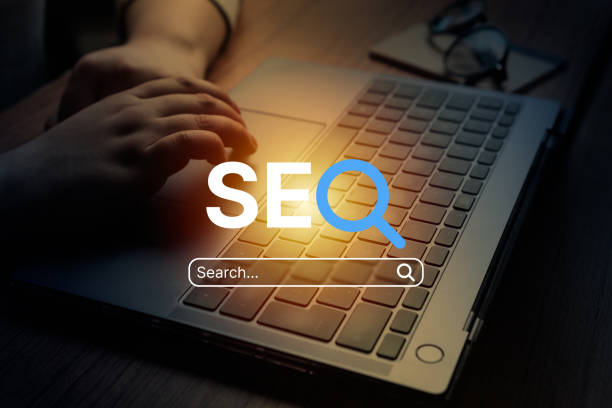
In today’s highly competitive digital world, your website’s visibility in search engine results is a vital necessity.
This is where the concept of #On_Page_SEO or #Internal_Site_Optimization comes into play.
On-Page SEO refers to a set of actions and techniques performed within your website to improve its ranking in search engines.
This process includes optimizing content, site structure, and HTML code so that search engines can better understand your pages and assess their value for users.
The importance of On-Page SEO stems from the fact that you have complete control over it, and by implementing it correctly, you can drive significant organic traffic to your site.
Without a strong On-Page SEO strategy, even the best content may never reach its audience.
This explanation is based on basic principles of why you should invest significant time and energy into optimizing your site’s internal elements.
In fact, all off-page SEO efforts only bear fruit when your site’s internal foundation is properly prepared and provides a solid basis for growth.
A deep understanding of how this part of SEO works is essential for any webmaster to have a powerful presence in the dynamic world of the web.
This approach helps you to make your site more appealing to Google’s algorithms, relying on existing knowledge and tools, and maximize your business potential.
Frustrated with your e-commerce site’s low conversion rate? RasaWeb transforms your online store into a powerful tool for customer acquisition and conversion!
✅ Significant increase in visitor-to-buyer conversion rate
✅ Unparalleled user experience to boost customer satisfaction and loyalty⚡ Get a free consultation from RasaWeb!
The Role of Keywords in On-Page SEO and How to Research Them
![]()
One of the most fundamental pillars of any On-Page SEO strategy is researching and selecting appropriate keywords.
Keywords are essentially the phrases that users employ when searching on search engines to find desired information or products.
This educational section focuses on the importance of finding words that not only have high search volume but are also relevant to your content and encompass user intent.
Using keyword research tools such as Google Keyword Planner, Ahrefs, Semrush, and Moz Keyword Explorer can significantly assist you in this process.
These tools provide you with information such as search volume, competition, and related keywords.
After identifying primary and secondary keywords, you should naturally and purposefully incorporate them into your page title (Title Tag), meta description (Meta Description), headings (H1, H2, H3), and the main body of your content.
Remember that overfilling content with keywords (keyword stuffing) will not only fail to improve your SEO but can also lead to penalties from search engines.
The goal is to create high-quality content that is both valuable to users and understandable to search engines.
Choosing appropriate keywords allows you to attract more targeted traffic and increase your site’s conversion rate.
Understanding these fundamental principles is the first step towards achieving success in On-Page SEO.
Optimizing Title and Meta Descriptions for Click Attraction
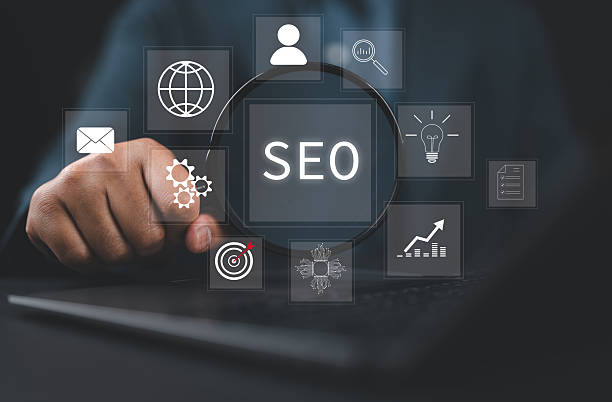
The page title (Title Tag) and meta description (Meta Description) are the first impressions users and search engines get of your content.
Optimizing these two elements is highly important for On-Page SEO and click-through rate (CTR).
The page title should include your main keyword, be concise and informative, and possess the necessary appeal to encourage users to click.
The ideal title length is around 50-60 characters to be fully displayed in search results.
The meta description is also a brief, engaging summary of the page’s content that encourages users to click.
Although meta descriptions do not directly influence ranking, they play a very important role in increasing the click-through rate, which itself is a significant ranking factor.
This section provides guidance for crafting meta descriptions that entice users to read further and include relevant keywords, but should never exceed 150-160 characters.
Using a Call-to-Action (CTA) in the meta description can significantly boost the click-through rate.
For example, you can use phrases like “Read More”, “Discover Now”, or “See Full Details”.
These small but vital details play a significant role in improving your overall On-Page SEO performance and help your site stand out more prominently in search results.
| On-Page SEO Element | Importance | Optimization Tips |
|---|---|---|
| Page Title (Title Tag) | Very High (Direct Ranking Factor & CTR) | Includes main keyword, 50-60 characters, engaging |
| Meta Description | High (Indirect Ranking Factor via CTR) | Includes keyword, 150-160 characters, includes CTA |
| URL Address | Medium (Readability and Relevance) | Short, meaningful, includes keyword, no extra characters |
| Heading Tags (H1-H6) | High (Content Structuring and Keywords) | Unique H1 including main keyword, logical use of other headings |
URL Structure and Its Importance in On-Page SEO
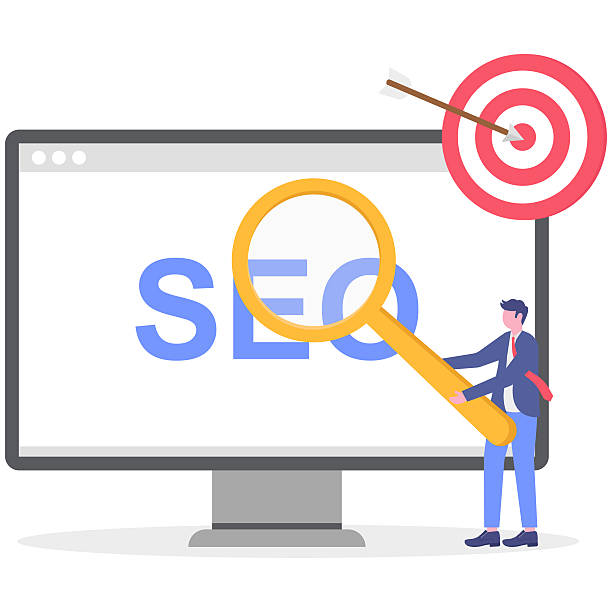
Your URL, or web page address, is not just a path to content; it’s a significant factor in On-Page SEO and user experience.
An optimized URL should be short, meaningful, and contain the page’s main keyword.
This specialized section focuses on how to structure URL addresses.
Using keywords in the URL helps search engines better understand the page’s topic and is also more comprehensible for users.
For example, instead of a URL like `yourwebsite.com/page?id=123&cat=456`, it’s better to use `yourwebsite.com/introductory-on-page-seo`.
This improves URL readability and increases the likelihood of clicks in search results.
Furthermore, using hyphens (-) instead of underscores (_) to separate words in URLs is recommended, as Google recognizes hyphens better as word separators.
Your site’s hierarchy should also be reflected in the URL; for example, `yourwebsite.com/services/seo/on-page-seo`.
This logical structure not only helps search engines understand your site’s architecture but also helps users comprehend their position within your website.
Since URLs are often displayed in search results, optimizing them can have a positive impact on click-through rate and ultimately on your Google ranking.
These simple but effective steps are an integral part of a strong On-Page SEO strategy.
Are visitors leaving your e-commerce site before making a purchase? Worry no more! With RasaWeb’s professional e-commerce website design services, permanently solve the problem of not converting visitors into customers!
✅ Significant increase in conversion rate and sales
✅ Unparalleled and engaging user experience
⚡ Contact us now for a free consultation!
Content Optimization: The King of On-Page SEO
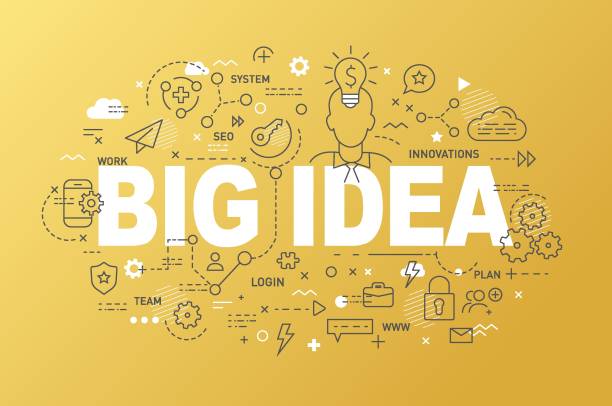
Content, as you’ve often heard, is king, and this kingship becomes even more evident in the realm of On-Page SEO.
High-quality and comprehensive content not only attracts users but also encourages search engines to rank it higher.
This analytical section delves into the importance and methods of content optimization to achieve the highest On-Page SEO potential.
Your content should: 1.
Address user needs: Try to cover all user questions and needs regarding the topic.
2.
Be original and unique: Avoid plagiarism and provide added value.
3.
Have a proper structure: Using headings (H1, H2, H3), short paragraphs, lists, and images helps readability.
4.
Include keywords: Naturally incorporate main and secondary keywords throughout the text.
5.
Be shareable: Create content that users are encouraged to share on social media.
Content length also matters; studies show that longer content (over 1500 words) often ranks higher, provided its quality and value are maintained.
The ultimate goal is to produce content that is not only optimized for search engines but also provides a rich and satisfying experience for the user.
Continuous content optimization based on user feedback and algorithm changes is key to maintaining a top position in search results.
This is a long-term investment that will yield exceptional returns for your On-Page SEO.
The Importance of Page Load Speed and Responsiveness in On-Page SEO
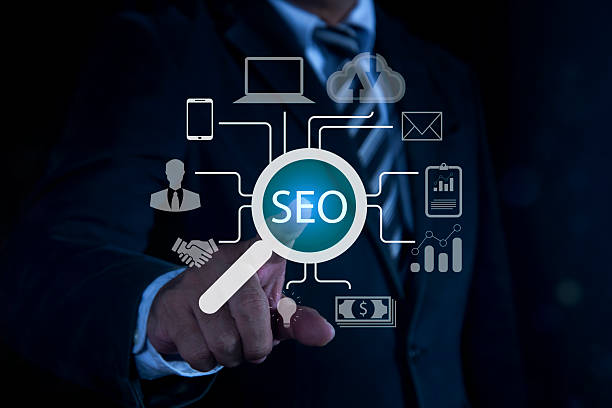
Have you ever wondered why some websites, despite excellent content, don’t rank well in search results? One probable answer is their slow loading speed and lack of responsiveness.
This section addresses the intriguing question of why site speed and mobile compatibility are two vital factors in On-Page SEO.
Google is increasingly emphasizing user experience, and page load speed is a crucial factor in this experience.
Today’s users are impatient, and if your site takes more than a few seconds to load, they will likely abandon it.
This increased bounce rate signals to search engines that your site does not offer a good user experience, which can consequently lower your ranking.
You can use tools like Google PageSpeed Insights to check and improve your site’s speed.
Furthermore, given the significant increase in mobile internet usage, website responsiveness (compatibility with various screen sizes) is no longer an option but a necessity.
Google primarily considers mobile versions of websites for indexing and ranking (Mobile-First Indexing).
A lack of responsiveness on your site can mean it gets overlooked in mobile search results, which account for a vast portion of traffic.
Your On-Page SEO optimization will be incomplete without considering these two vital factors.
Therefore, by optimizing these aspects, you not only improve user experience but also increase your chances of higher rankings in search engines.
Optimizing Images and Videos for On-Page SEO
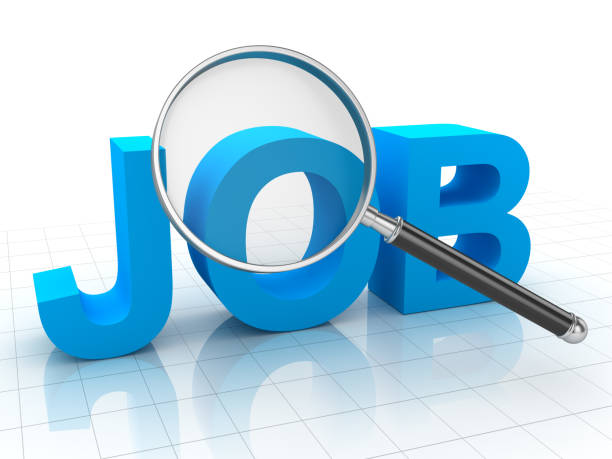
Visual content, including images and videos, plays a crucial role in attracting audiences and enhancing user experience.
But did you know that optimizing these visual elements is also a crucial part of On-Page SEO? This engaging (but entirely practical) section shows you how to optimize your images and videos for search engines.
First and foremost, image size.
Large image file sizes can drastically reduce your site’s loading speed.
To resolve this, use image compression tools like TinyPNG or Compressor.io, and consider modern formats like WebP.
Second, Alternative Text (Alt Text).
Alt Text is a brief and informative description of the image content, useful for search engines and visually impaired users (via Screen Readers).
Ensure you naturally include relevant keywords in the Alt Text.
Third, image file name.
Use descriptive and keyword-rich names (e.g., `on-page-seo-concepts.jpg` instead of `IMG_1234.jpg`).
Regarding videos, ensure your video hosting is optimized (like YouTube or Vimeo) and use a Video Sitemap to help search engines discover your video content.
Adding Schema Markup for videos can also help improve their display in search results.
By optimizing these visual aspects, you not only enhance your site’s user experience but also open a new channel for attracting traffic through image and video search.
These actions directly contribute to strengthening your website’s On-Page SEO.
| Visual Element | Key SEO Tip | Suggested Tools |
|---|---|---|
| Images | Compress file size, meaningful Alt Text, descriptive file name | TinyPNG, Compressor.io, ImageOptim |
| Videos | Appropriate hosting, use of Video Sitemap, Schema Markup | YouTube, Vimeo, Google Search Console |
| Graphics and Infographics | Appropriate dimensions, compression, shareability | Canva, Piktochart |
Internal Links and Their Role in Authority Distribution and On-Page SEO
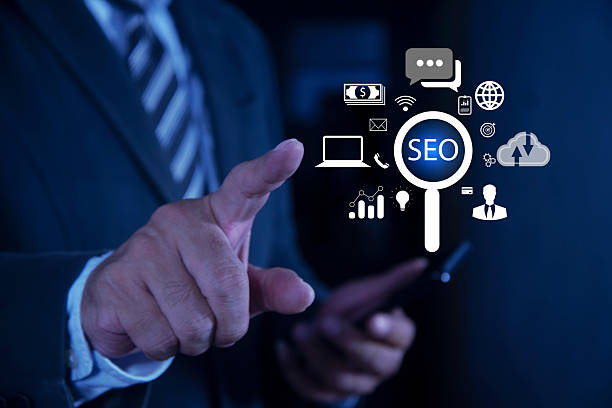
Internal links, referring to links that connect different pages within a single website, are the backbone of a successful On-Page SEO strategy.
This news section addresses the importance of internal linking and its impact on improving your site’s ranking in search engines.
Internal links perform several vital functions: 1.
Helping search engines discover new pages: By linking to new pages, you help Google’s bots find and index them.
2.
Distributing Page Authority: Internal links distribute authority (Link Juice) throughout your site, giving more power to your most important pages.
3.
Improving user experience: Internal links help users navigate your site easily and find relevant information, which leads to a lower bounce rate and increased time on site.
To optimize internal links, ensure you use relevant and keyword-rich Anchor Texts, but avoid excessive or unnatural usage.
Regularly check and fix broken links to maintain your site’s authority.
A logical and hierarchical internal linking structure helps Google better understand your site’s main and sub-topics.
This not only helps your On-Page SEO but also ensures your content is seen more and users have a better experience on your site.
In fact, a strong internal linking network acts like a roadmap for search engines, helping them fully and comprehensively understand your site’s structure and content.
Are you frustrated with your online store’s low conversion rate?
RasaWeb, with its professional e-commerce website design, is your definitive solution!
✅ Increase your sales and revenue
✅ Unparalleled user experience for your customers
⚡ Get a free consultation now!
Reviewing and Fixing Common On-Page SEO Errors
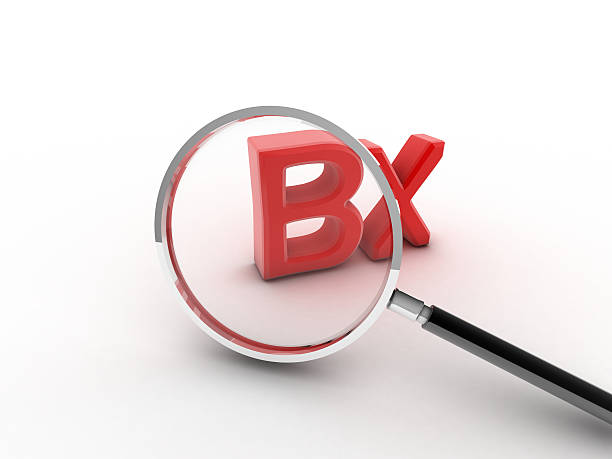
Even with the best On-Page SEO strategies, errors can occur that may harm your site’s ranking.
This educational section focuses on identifying and resolving some of the most common On-Page SEO errors so you can optimize your website to its best potential.
Among these errors is Duplicate Content, which can confuse search engines and reduce your pages’ authority.
To solve this problem, use a Canonical Tag or remove/merge duplicate content.
Broken Links also disrupt user experience and waste page authority.
You should regularly check your internal and external links and replace broken links with new, healthy ones or remove them.
Another issue is the absence or weakness of heading tags (H1-H6), which makes content structure difficult for search engines and users.
Ensure that each page has a unique H1 tag and that other heading tags are used hierarchically and logically.
Slow site loading speed, as mentioned earlier, is a common error that can be fixed by compressing images, using caching, and improving hosting.
Lack of mobile optimization is also a glaring error in the current era that must be immediately addressed.
By using tools like Google Search Console, you can identify these errors and fix them step by step.
On-Page SEO tutorials help you anticipate and prevent these problems and continuously maintain your site’s SEO health.
Essential Tools for Monitoring and Improving On-Page SEO
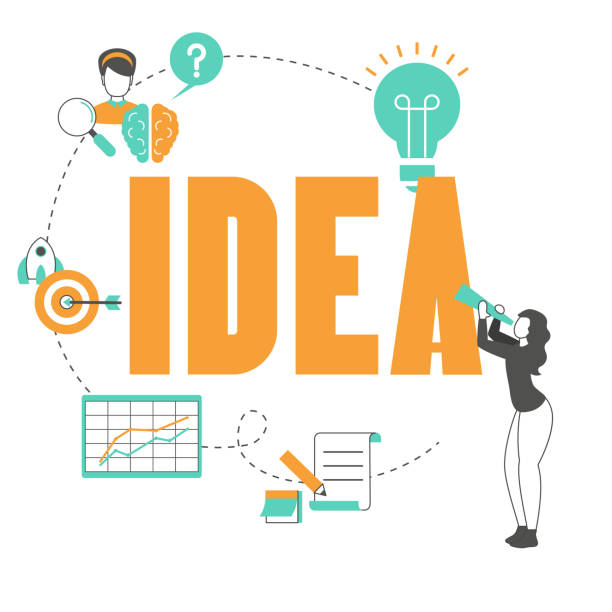
To succeed in On-Page SEO, knowledge and technique implementation alone are not enough; continuous monitoring and the use of appropriate tools for performance analysis and identifying improvement opportunities are also required.
This section provides an explanation of essential tools for every On-Page SEO specialist.
Google Search Console (GSC) is a free and vital tool from Google that allows you to monitor your site’s performance in search results.
This tool helps you check indexing issues, crawl errors, internal and external links, keywords driving traffic, and your site’s mobile status.
Google Analytics, another free tool from Google, is essential for analyzing user behavior on your site.
Using it, you can view bounce rate, time on page, popular pages, and traffic sources, all of which are influential in improving your On-Page SEO strategy.
Paid tools like Ahrefs and Semrush also offer more advanced features such as in-depth keyword research, competitor analysis, rank monitoring, and backlink analysis.
For checking site speed, Google PageSpeed Insights and GTmetrix are very useful.
These tools, by providing detailed reports, help you identify and address your site’s weaknesses.
Proper utilization of these tools allows you to make data-driven decisions for continuous improvement of your On-Page SEO and always stay a step ahead of competitors.
No SEO campaign will be complete without using these tools, as they provide the necessary insights for intelligent optimization.
Frequently Asked Questions
| Question | Answer |
|---|---|
| What is On-Page SEO? | On-Page SEO involves optimizing elements that are directly within your control and on your website. Its goal is to help search engines better understand the page’s content and improve its ranking. |
| Why is On-Page SEO important? | On-Page SEO provides clear signals to search engines about page content, improves user experience, and increases the chance of attracting organic traffic. |
| What are the most important On-Page SEO factors? | Keywords, Title Tag, Meta Description, URL structure, quality content, image optimization, and internal links are among the most important factors. |
| What is the role of the Title Tag in On-Page SEO? | The Title Tag is one of the most important signals for search engines and users, specifying the main topic of the page. It should include the main keyword and be engaging. |
| How important is the Meta Description? | The Meta Description does not directly affect ranking, but by encouraging users to click, it can improve the click-through rate (CTR). |
| How to optimize images for On-Page SEO? | By using descriptive file names, appropriate Alt Text containing keywords, compression to reduce size, and correct dimensions. |
| What impact do Internal Links have on SEO? | Internal links help search engines discover and index site pages, distribute authority (PageRank) throughout the site, and improve user navigation. |
| Is page load speed an On-Page SEO factor? | Yes, page load speed is a vital factor in On-Page SEO and user experience. Slower pages can lead to higher bounce rates and lower rankings. |
| What are the characteristics of quality content for On-Page SEO? | Quality content should be comprehensive, unique, relevant, trustworthy, readable, and fully answer users’ needs and questions. |
| How can keywords be used in content? | Keywords should be used naturally in titles, subtitles, the first paragraph, the body text, and image alt text. Avoid keyword stuffing. |
And other services of RasaWeb Advertising Agency in the field of advertising
Smart Advertising Campaign: A fast and efficient solution for customer acquisition with a focus on Google Ads management.
Smart Conversion Rate Optimization: Designed for businesses seeking online growth through custom programming.
Smart Advertising Campaign: Professional optimization for customer acquisition using SEO-driven content strategy.
Smart Direct Marketing: A specialized service for increasing sales growth based on user experience customization.
Smart Brand Identity: An effective tool to increase click-through rate with attractive user interface design.
And over hundreds of other services in the field of internet advertising, advertising consultation, and organizational solutions
Internet Advertising | Advertising Strategy | Advertorial
Resources
What is On-Page SEO?
Comprehensive On-Page SEO Training
Complete On-Page SEO Guide on Virgool
Practical On-Page SEO Tricks
? Are you ready to transform your business in the digital world? RasaWeb Afarin Digital Marketing Agency paves the way for your online success by offering comprehensive services including professional website design, SEO, and social media management. Build your business’s future with us.
📍 Tehran, Mirdamad Street, Next to Central Bank, Southern Kazeroun Alley, Ramin Alley, No. 6



